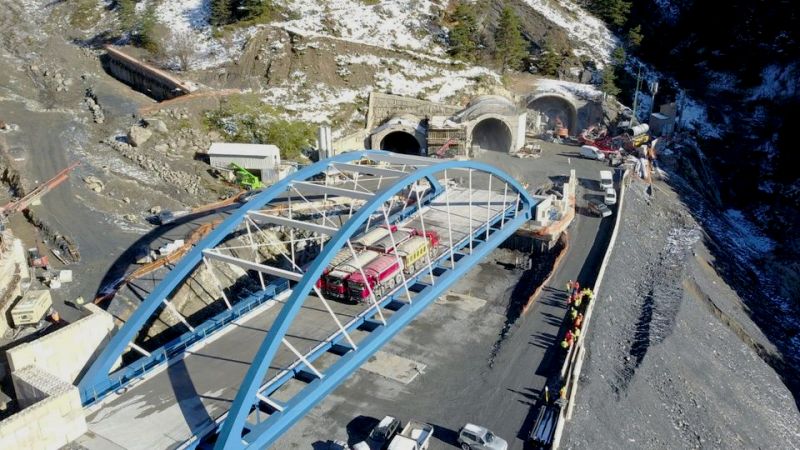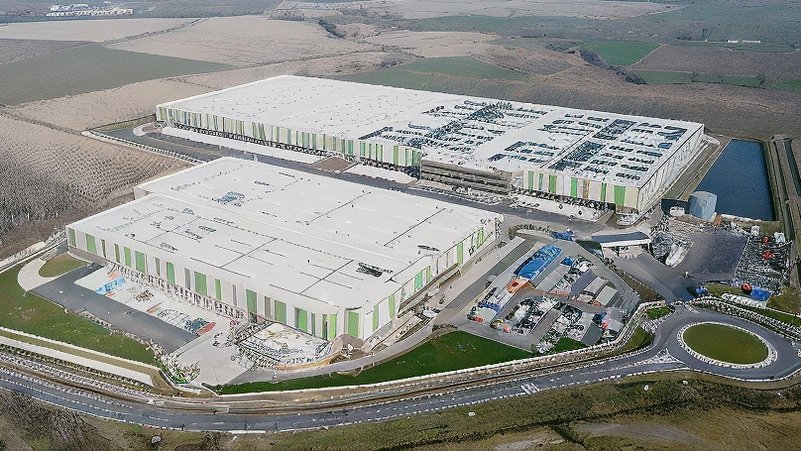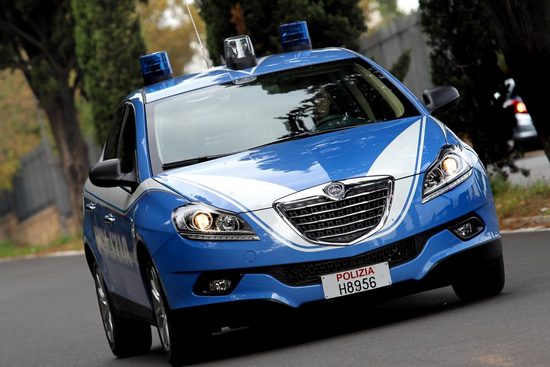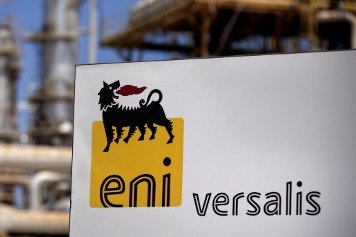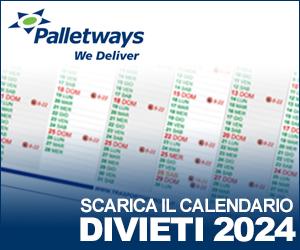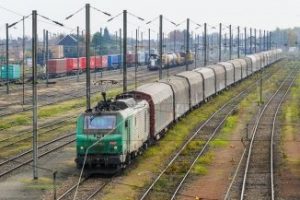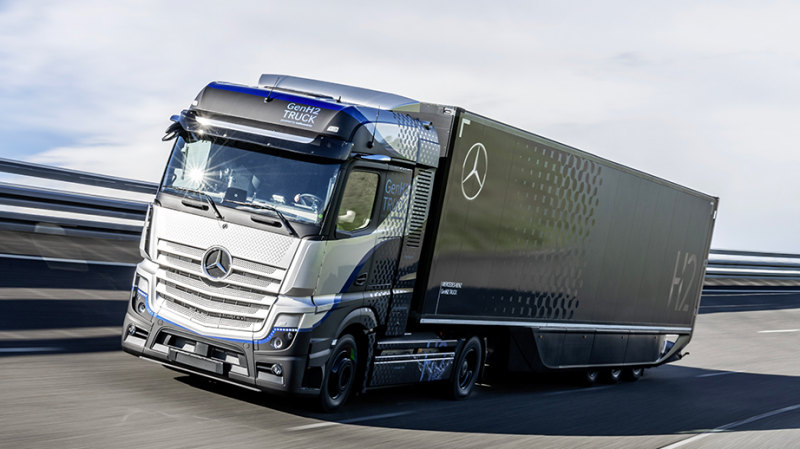The Verona railway hub is set for a significant upgrade with the integration of the new Milan-Venice high-speed line, which extends beyond enhancing passenger services to include, for the first time, a specific segment dedicated to freight rail transport. The construction affecting the western area of the city, part of a segment separate from the main Brescia-Vicenza line, carries a value of 441 million euros. The project has been awarded by RFI to a consortium comprising Pizzarotti, Saipem, and Salcef. This development marks a crucial step in broadening the scope of the high-speed network to include freight capabilities, addressing both passenger and logistical needs.
This marks the initial phase of a comprehensive restructuring plan for the Verona railway node aimed at minimizing traffic interference and increasing infrastructure capacity, benefiting freight operations. A new 3.6-kilometer section of the high-speed line will enable direct interconnection between the Milan-Verona line and the Brenner line, along with an enhancement of the existing railway network extending just over four kilometers.
The overall design of the node includes a specifically dedicated freight line, termed “independent freight,” which will run parallel to the historic railway north of both the Milan-Venice and the new high-speed lines, and will link up with the Verona freight interchange. This initiative has been integrated with enhancement measures planned by the Quadrante Europa interport, some already underway and others set to start soon. This includes what is known as the fourth module, which features eight tracks for loading/unloading goods and six new arrival/departure tracks.
The double-track line for freight interconnection will span from the highway to the junction on the Brenner railway and will include a railway viaduct over the Bologna-Verona line, bridging the current Brenner-Verona Scalo and Quadrante Europa-Verona Scalo connections. This will effectively link Quadrante Europa, the independent freight line, and Verona Porta Nuova Scalo, as well as connect the interport with the junction for the Santa Lucia bifurcation along the Bologna-Modena direction.
While not diminishing the economic investment or the impact on network capacity of other ongoing or completed projects to integrate new high-speed rail lines into urban nodes, the Verona project uniquely enhances the freight capabilities of this region, a crossroads between Northern Italy and Central Europe. However, it must be noted that a fundamental limitation has characterized and still affects the development of high-speed railways in Italy—the tendency to delay and defer the integration of new lines into urban nodes due to various bureaucratic and urban planning issues.
In essence, while railways are being constructed along the main lines, the "last mile" often remains in limbo awaiting decisions. This issue has been evident in Brescia, and now in Verona and Vicenza, with the most striking case being in Brescia where a temporary interconnection on the Milan side (where four tracks narrowed to two) was established, yet the eastern exit is still pending approval despite the 48-kilometer Brescia-Verona high-speed railway being over 60% complete.
Piermario Curti Sacchi



